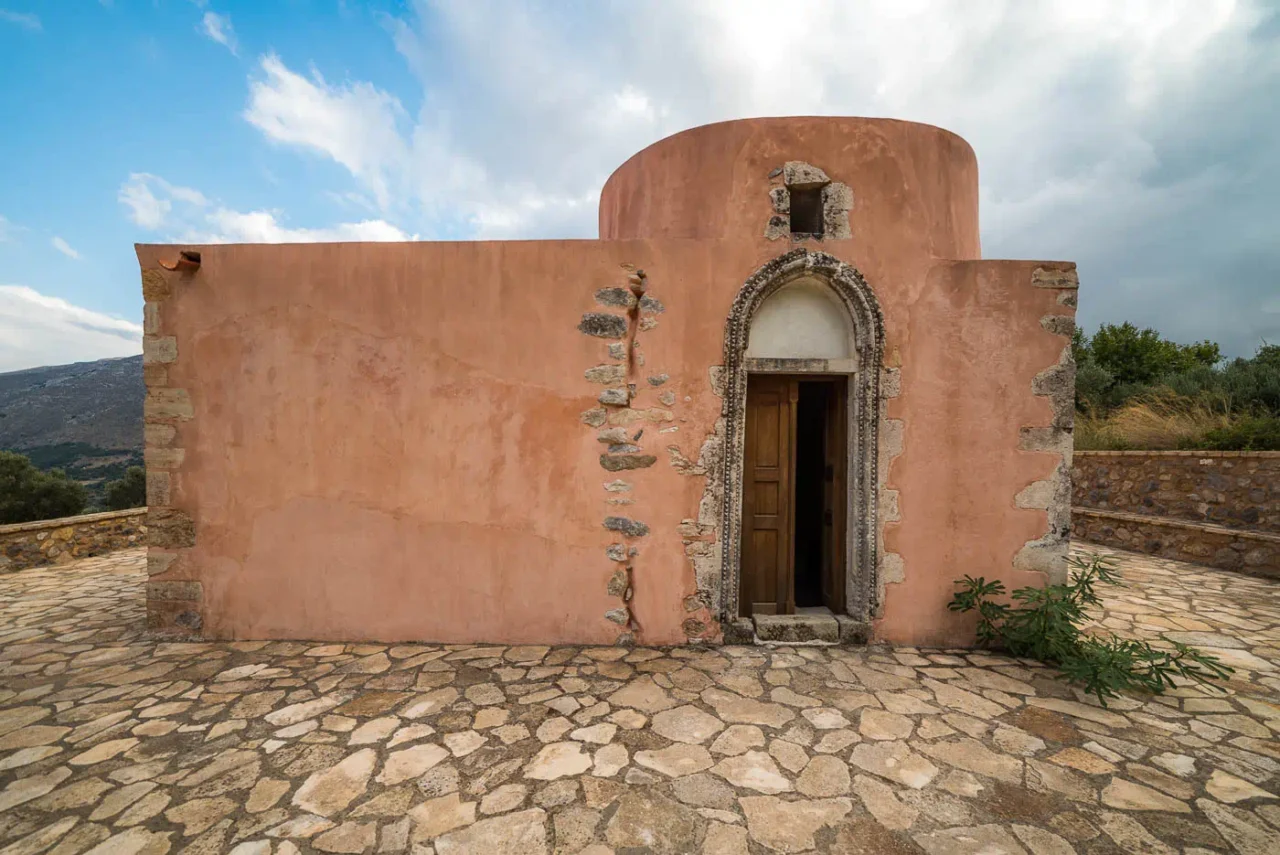
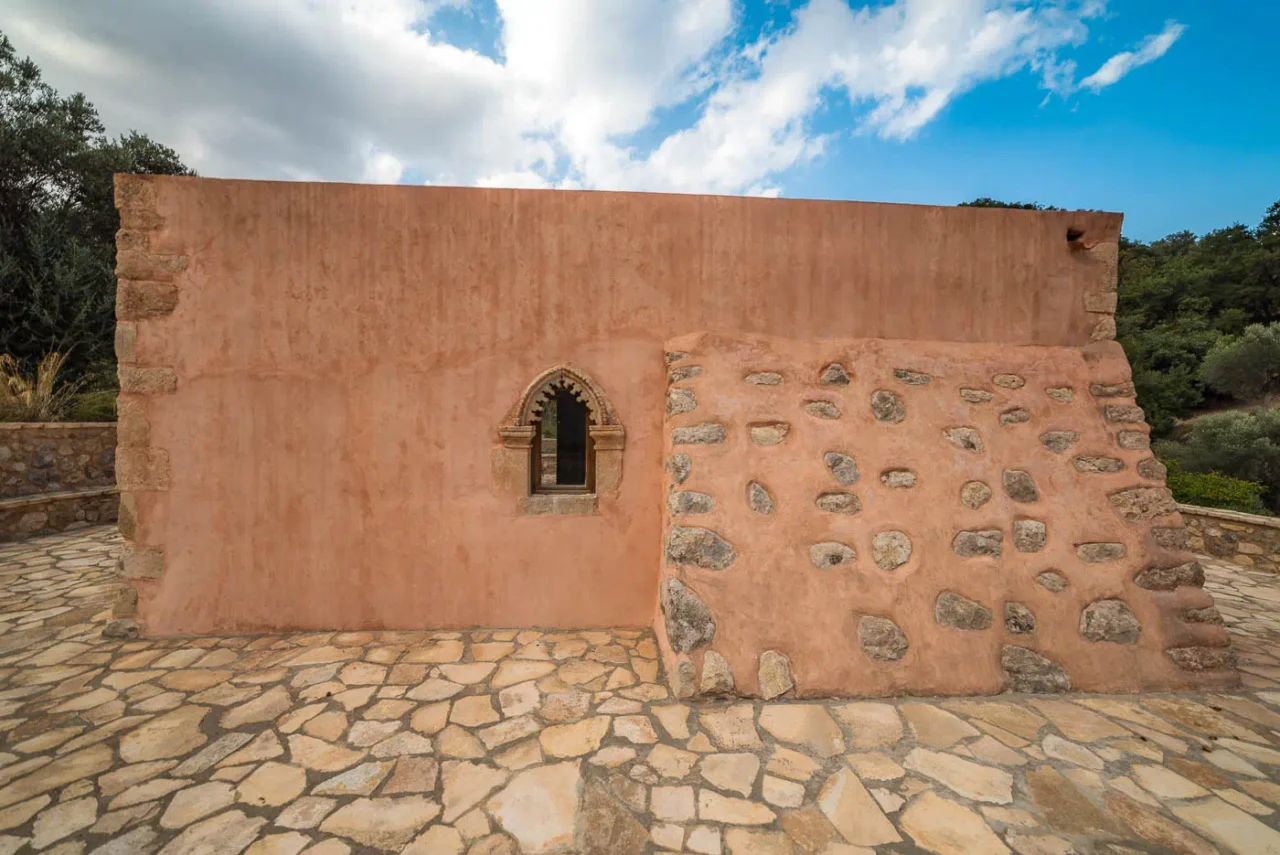
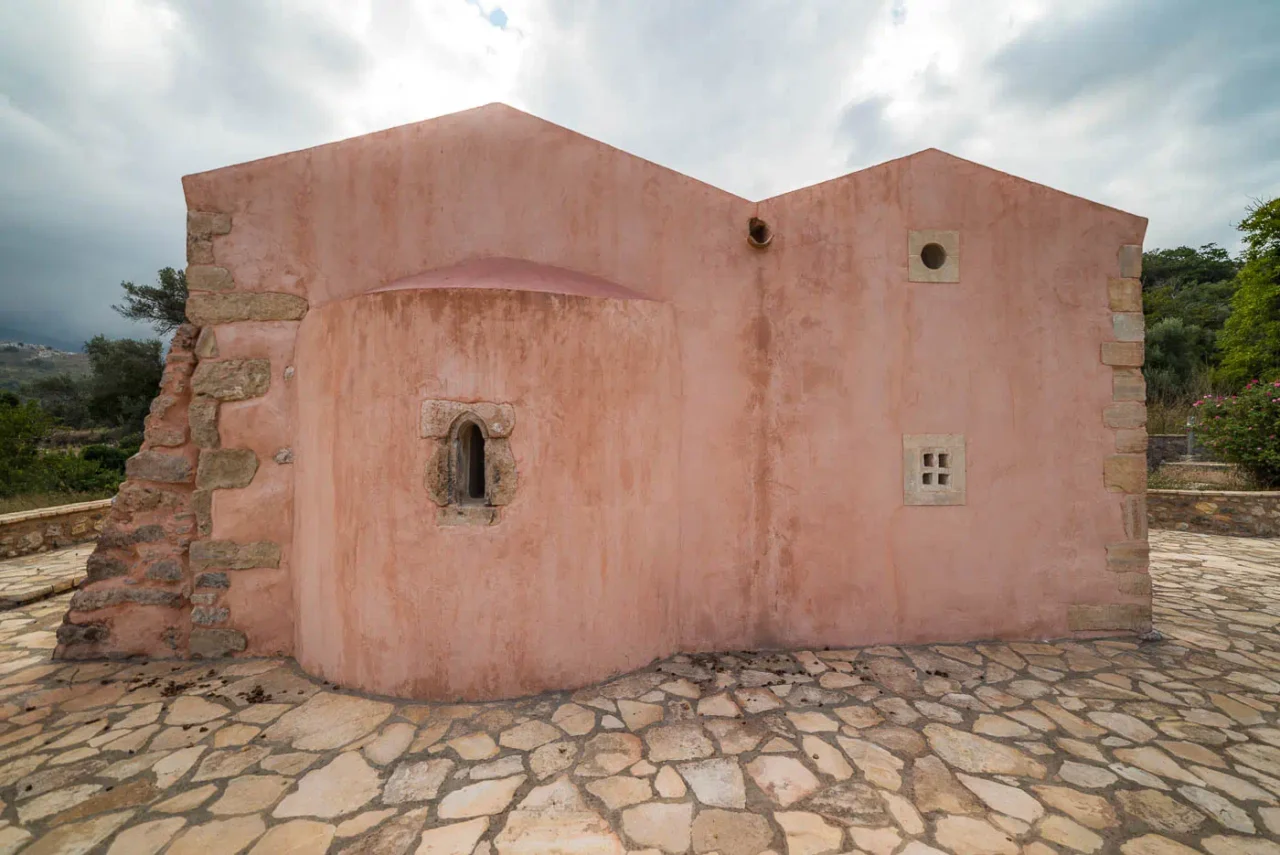
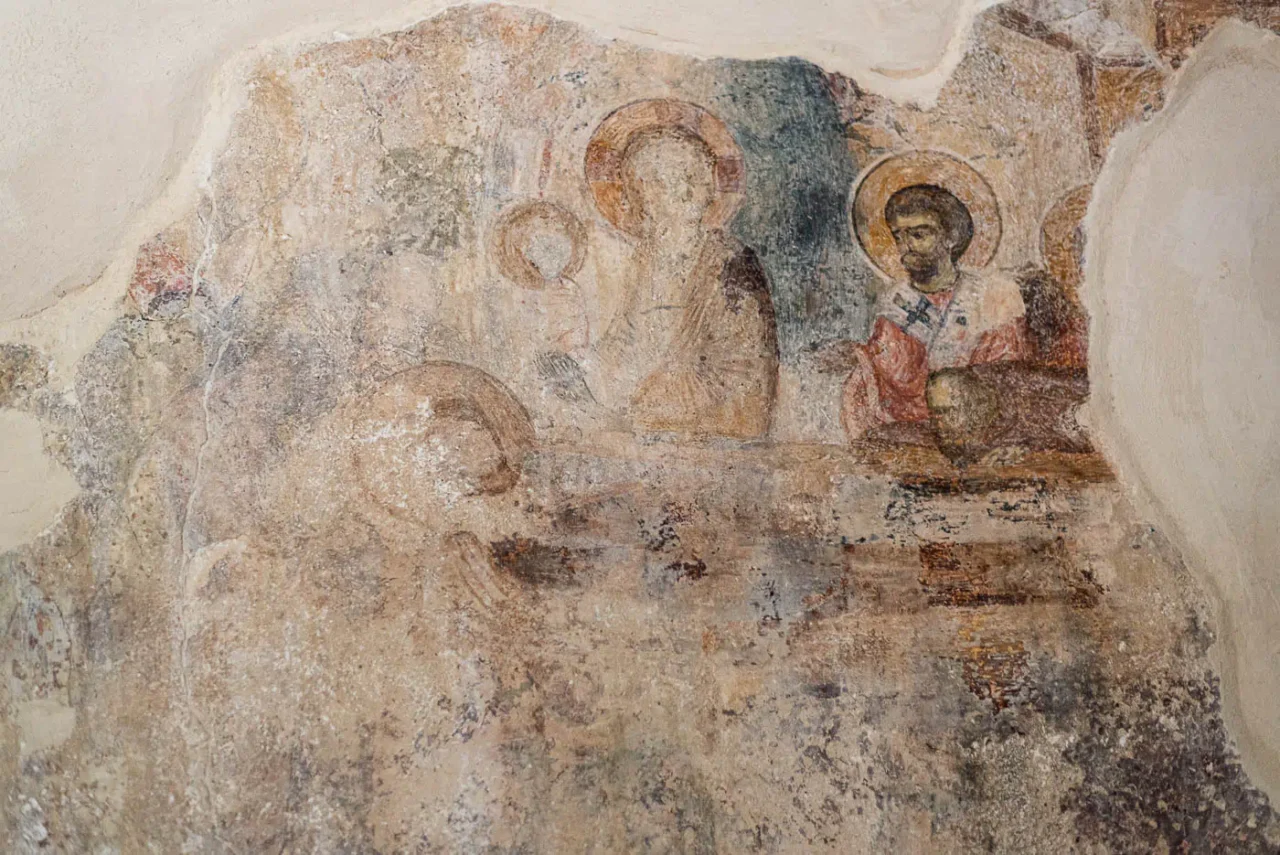
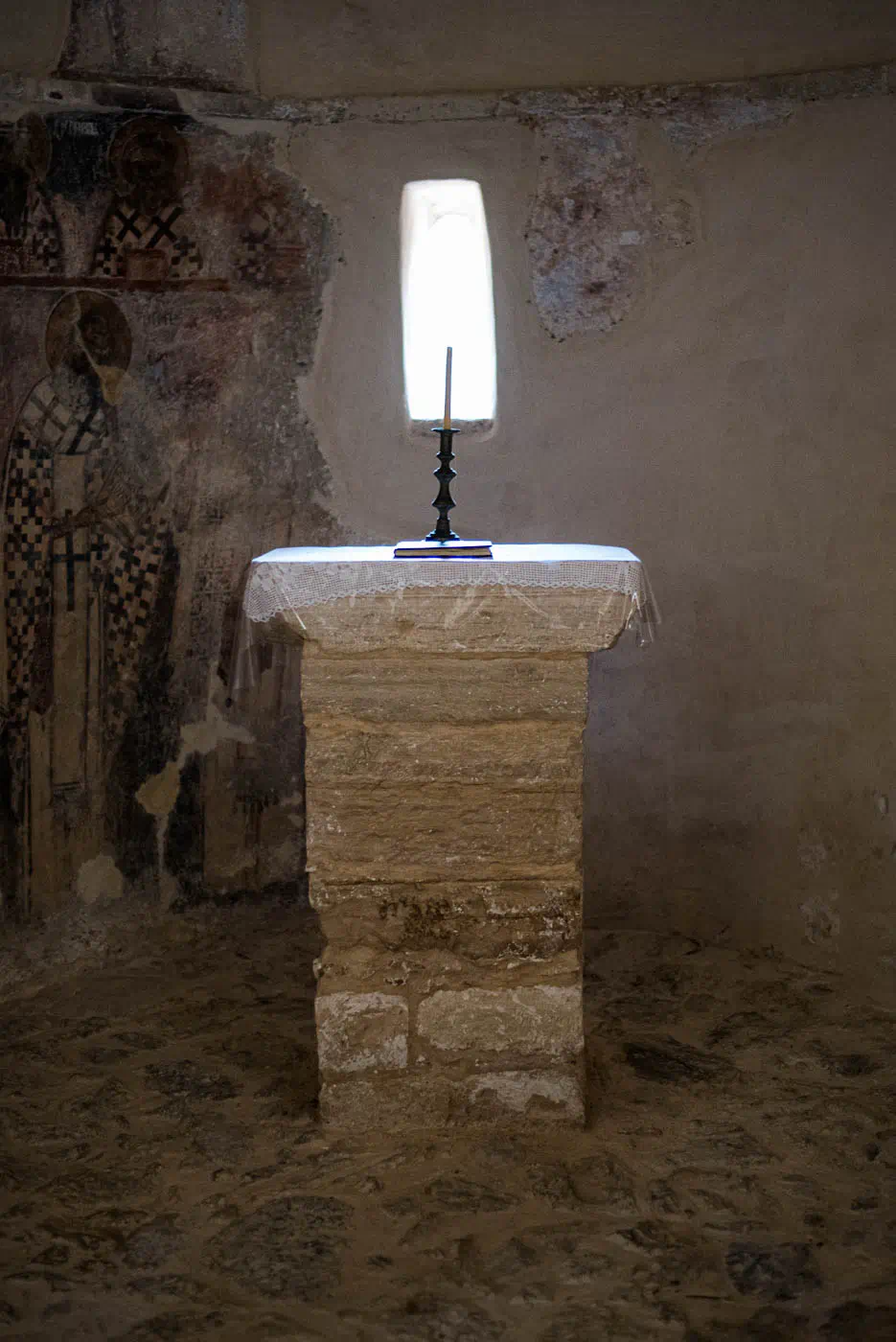
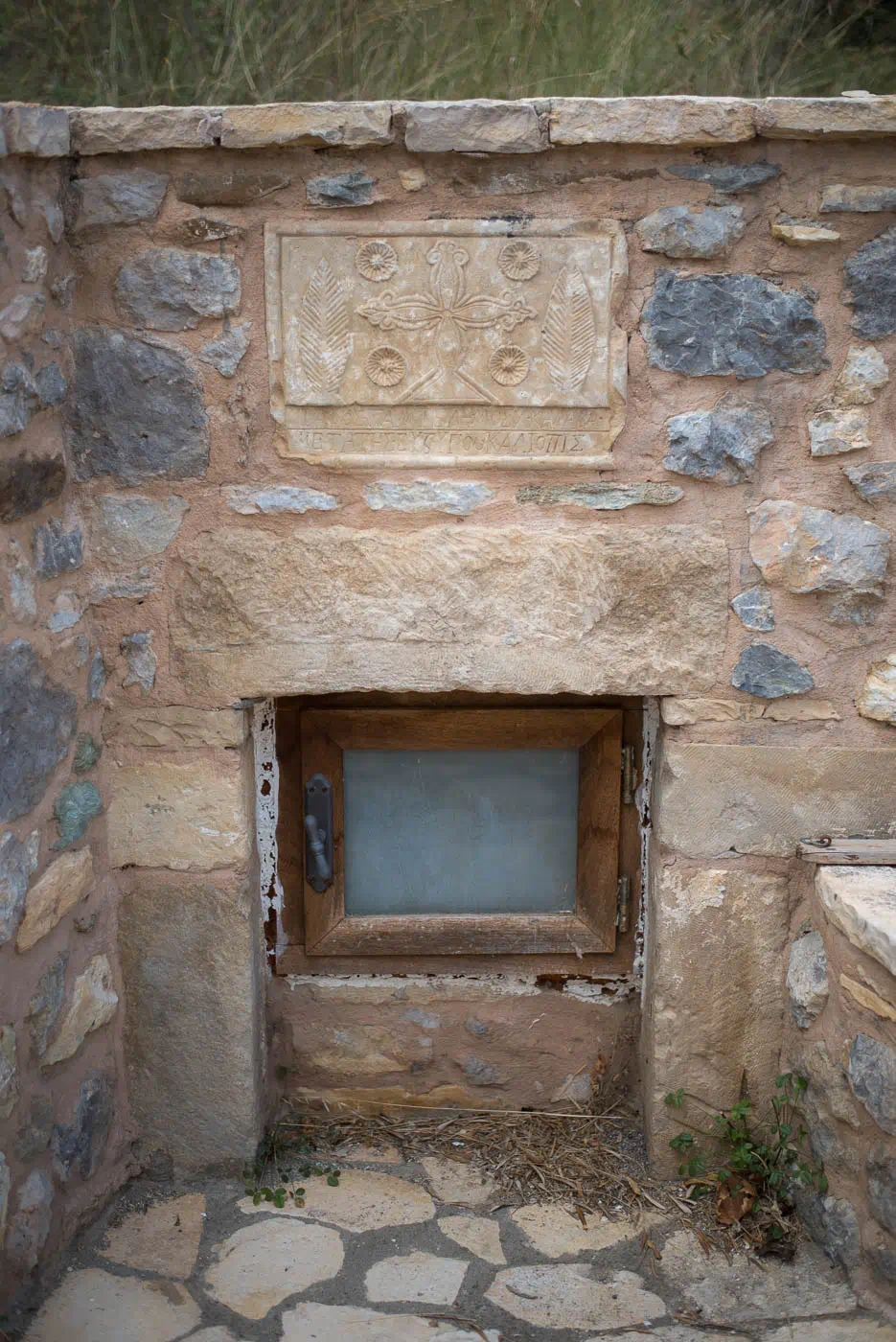
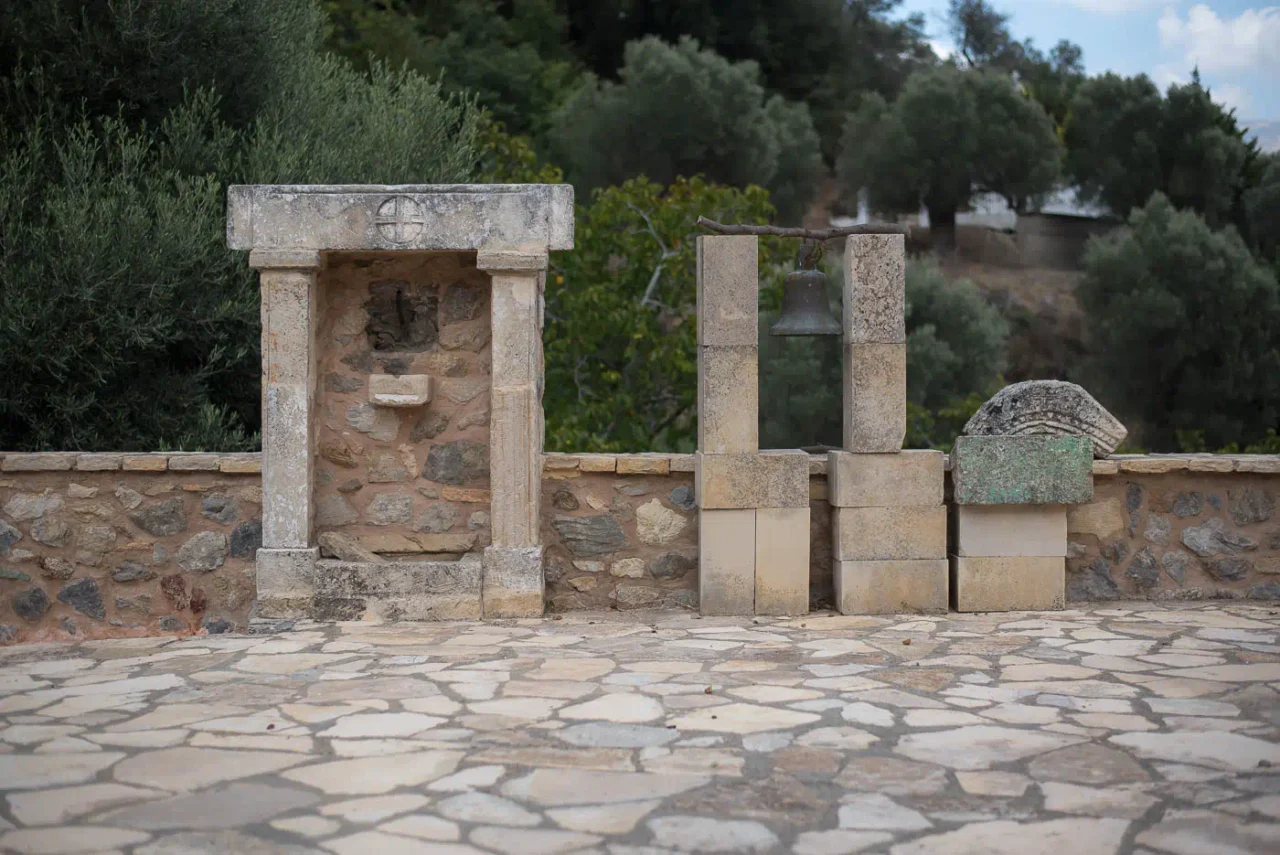
Panagia Mavridiani: A 13th-Century Byzantine Church in Meronas Amari, Crete
Panagia Mavridiani, also known as the Church of the Nativity of Mary, is a captivating Byzantine church situated near the village of Meronas in the Amari region of Crete. The church boasts a rich history that dates back to the 13th century, with evidence of architectural additions and renovations in the 15th and 16th centuries. The church’s unique name, “Mavridiani,” is believed to be derived either from a former settlement in the area or from a prominent landowner named Mavrikios.
The church’s architecture is notable for its two aisles, the older of which dates to the 13th century and features a single-nave, domed design typical of Byzantine churches of that period. The southern aisle retains fragments of 13th-century frescoes, offering valuable insights into the artistic and religious traditions of the time. A notable feature of this aisle is a 15th-century window on the south side, a testament to the church’s ongoing development and renovation throughout the centuries.
In the 16th century, a second aisle was added to the north, dedicated to Saints Constantine and Helen. This expansion demonstrates the church’s continued importance as a religious and cultural center in the region. Despite the loss of some frescoes due to structural changes, the remaining artwork provides a glimpse into the rich iconographic program that once adorned the church’s interior.
The church’s frescoes depict a variety of biblical scenes and figures, including the Nativity of Mary, the Annunciation, the Ascension, and the Second Coming. The frescoes also feature depictions of saints, including Saint Gregory, Saint Romanos, and Saint Panteleimon. The artwork is characterized by its vibrant colors, expressive figures, and intricate details, reflecting the artistic skill and religious devotion of the Byzantine era.
Key Features of Panagia Mavridiani
- Construction Period: 13th century (initial construction), with additions in the 15th and 16th centuries
- Location: Sochora, near Meronas, Amari region, Crete
- Historical Significance: A well-preserved example of Byzantine church architecture and art, with frescoes dating from the 13th and 15th centuries
- Current Status: The church underwent extensive restoration and conservation work in 2012, ensuring its preservation for future generations.













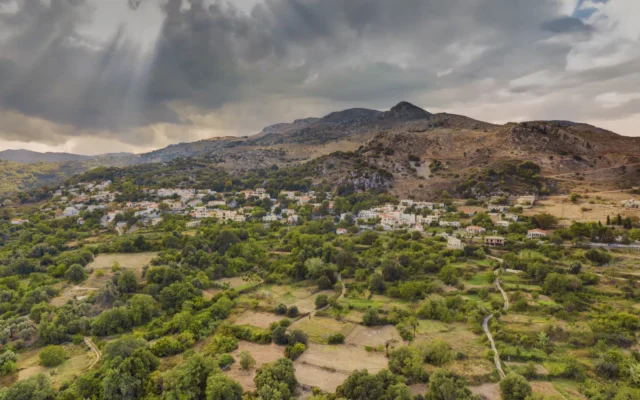



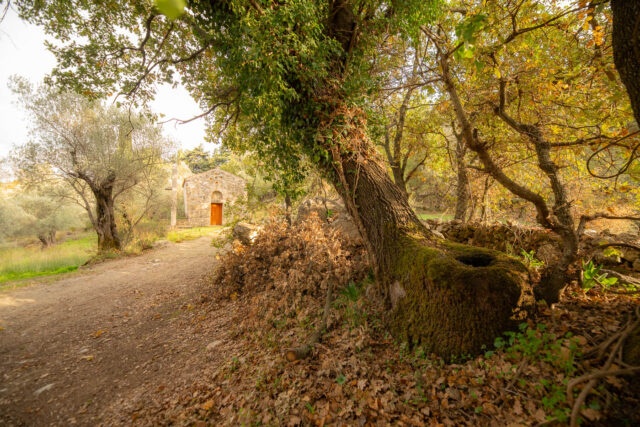
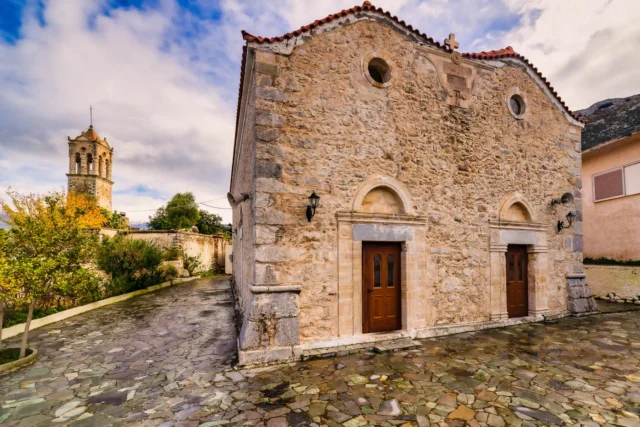
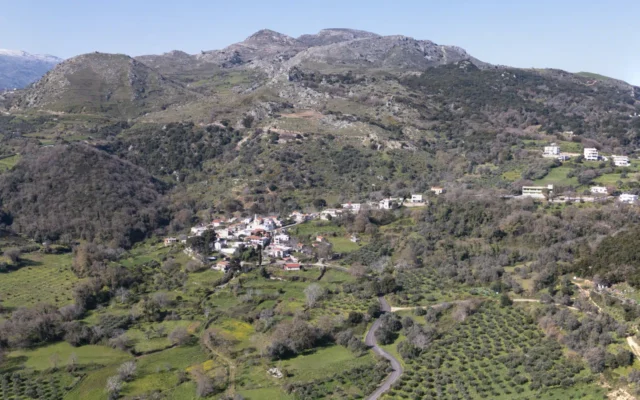

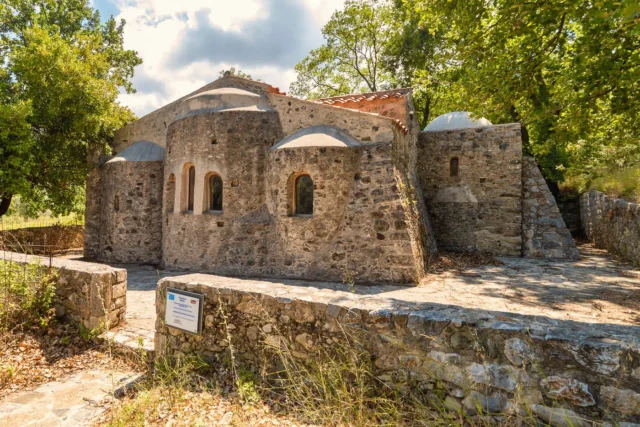
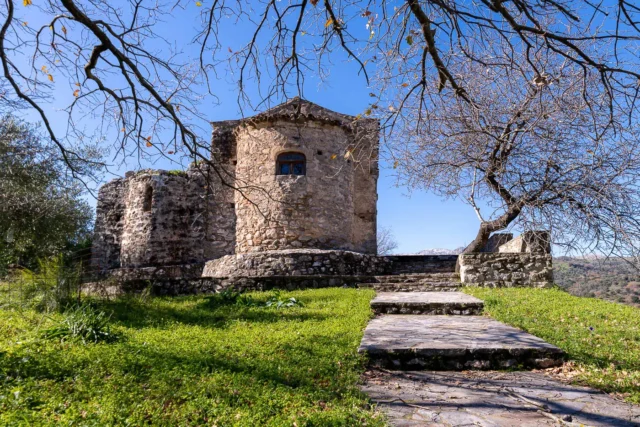
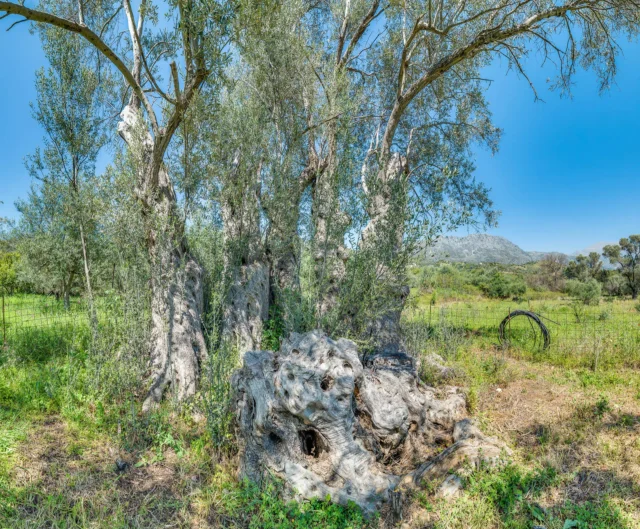

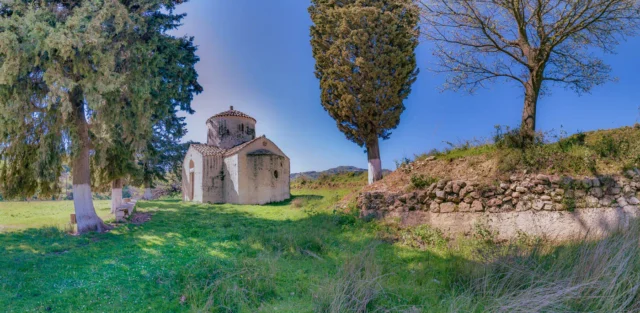
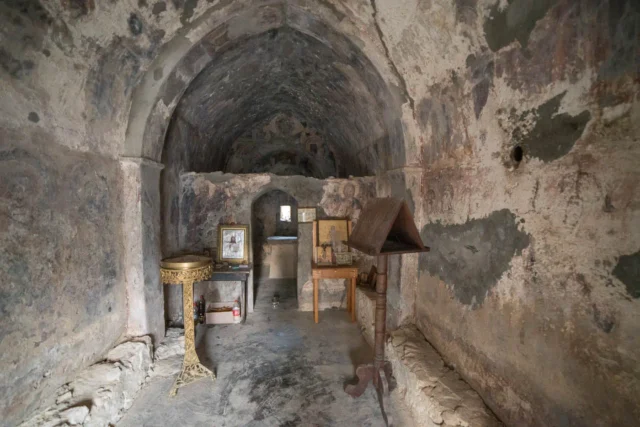
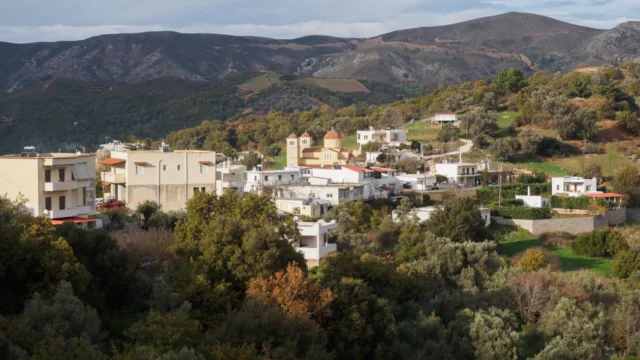
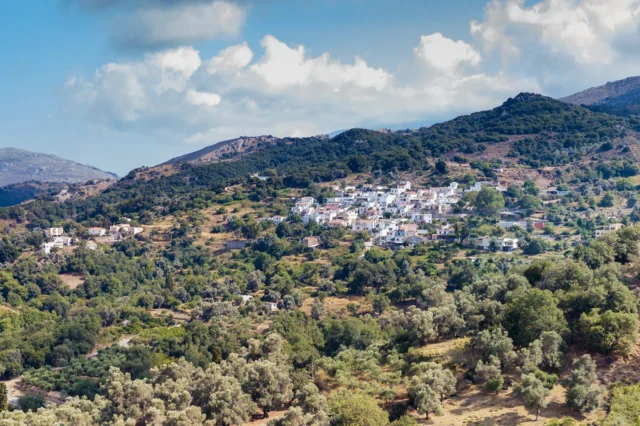
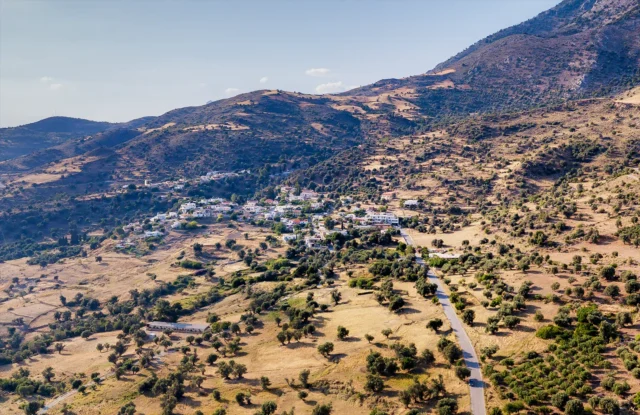

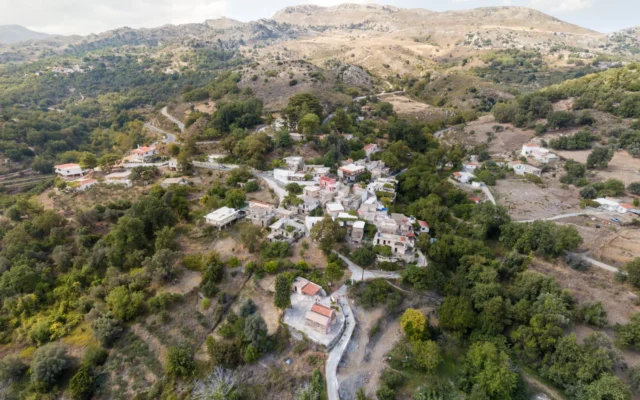
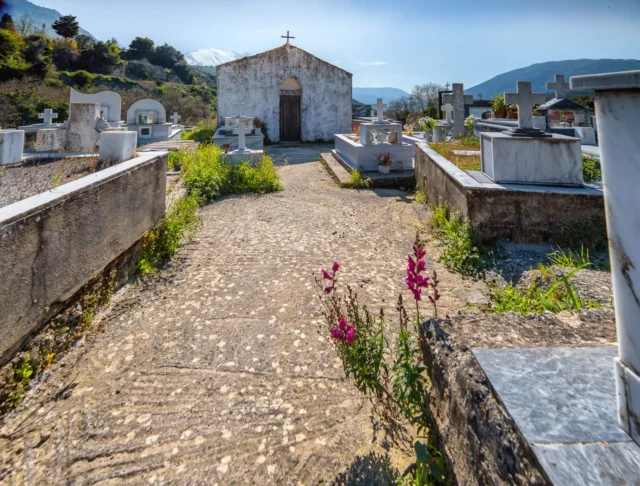
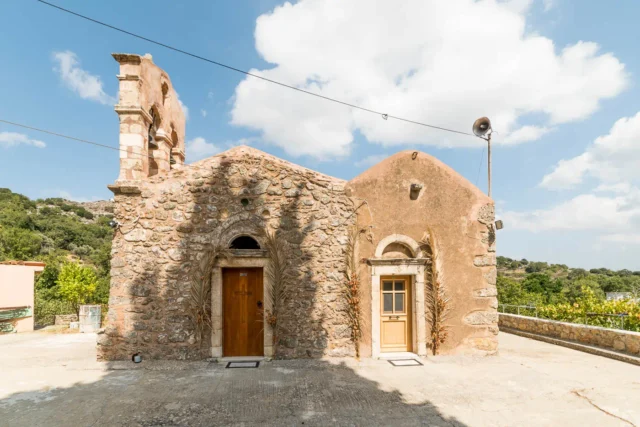
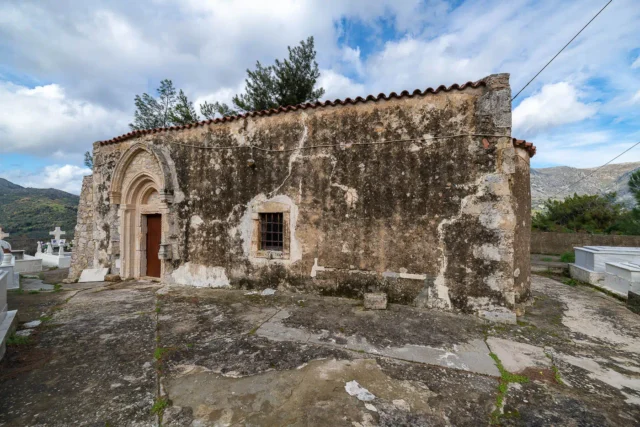


There are no comments yet.